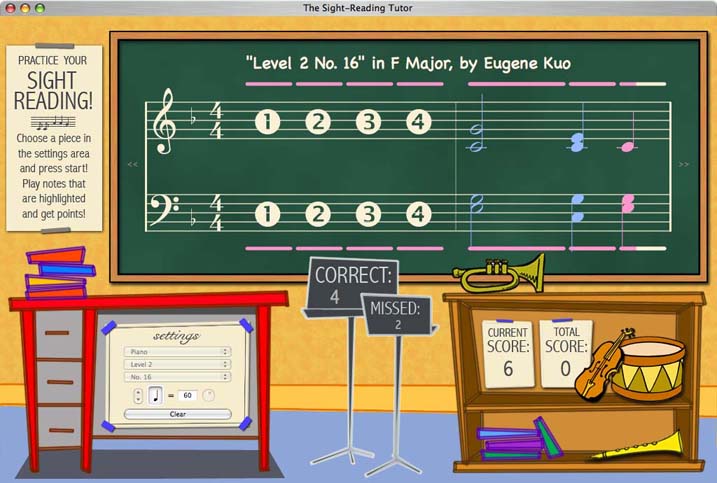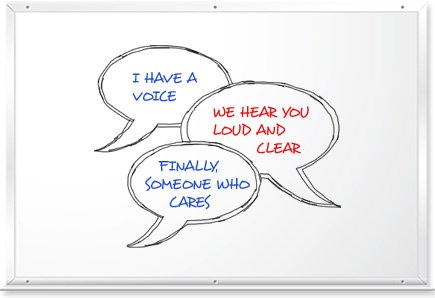I am not a music guy. I appreciate one’s ability to create music, but I can’t read music at all. However, I absolutely love attending quality high school music performances and observing sight-reading events. Have you ever experienced a sight reading at an adjudicated music competition? If you haven’t then you are missing out on some great teaching and learning!

A sight reading is an excellent example of summative assessment, immediate feedback, and collaboration. It’s awesome! Here’s how it works:
I’ll use choir as an example. The students walk into a quiet room where waiting for them is an adjudicator and a couple of assistants (usually college students). The choir teacher arranges the students in the appropriate spots: altos, sopranos, tenors,etc. He then gives them some brief non-verbal reminders and then they are ready to go. The judge explains the expectations, which are familiar to the students since they go through the sight-reading process during class. Here is the catch: the instructor and students are not aware of the song they are supposed to sing until the judge orders the assistants to pass it out. It’s awesome!
Most of the students are given a music book, but they cannot open it until the judge gives them the okay. The instructor asks for a quick two minute warm-up and takes the students through a “doe-ray-me…” in an e flat or b (or whatever note the instructor demands). The students beautifully and melodiously bellow out the notes. The instructor gives the students a quick nod and they are ready to go.
The judge directs them to open their music and they are given only four minutes to study the music, but they can’t sing it. They can speak it, tap it out, whatever, but they cannot sing (make harmony, melody, etc.) The instructor rapidly goes through a quick assessment of the trouble spots, corrects the students’ mistakes, and praises them along the way. At the end of the four minutes, the judge announces, “Time.”
Within thirty seconds the students and instructor are on their own. The accompanist hits a note and they are off, singing the notes in the “do-ray-me…” and making hand gestures of the notes they are singing. The instructor is clapping, correcting, guiding, and pointing at the various sections. The students are in harmony, enthusiastically hitting each note. The entire experience is a display of authentic teaching and learning. There is no faking it in a sight-reading: the students either knows it or they don’t! Once they are finished singing the song, the judge immediately gives them feedback that is specific, direct, and succinct. Before they leave the room, they know exactly what they were assessed on and how they were assessed. They just have to wait for their final score. This also gives the instructor time to speak to the students about what he saw, heard, felt, etc. The students are not only relieved it’s over, but they are eager to get feedback from the judge and instructor. I wonder how we can capture this same experience in our non-music classes. Something to think about…
I’ve witnessed about six sight-readings over the last three years and each time I am simply amazed by the evidence of learning and good teaching. Our music instructors are master craftsman and the proof is on display at every concert and adjudicated event. They take pride in their work and they’ve instilled pride in our students to perform at high levels every single time. As a result, all six of our choirs qualified to the state competition, two out of three of our bands qualified, and our orchestra qualified as well. Am I proud? No doubt!
Be Great,
Dwight
